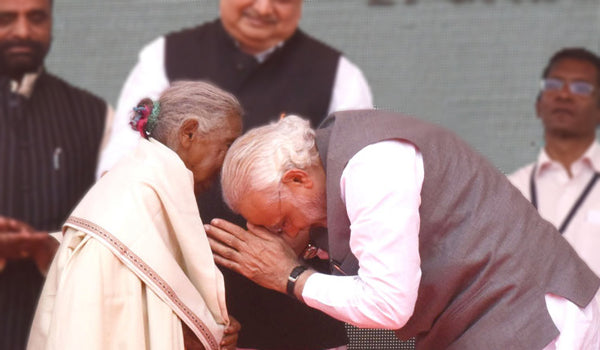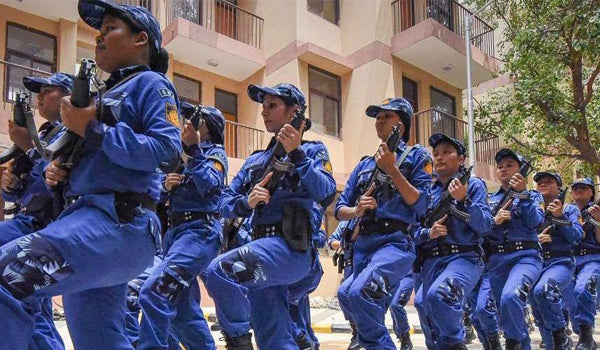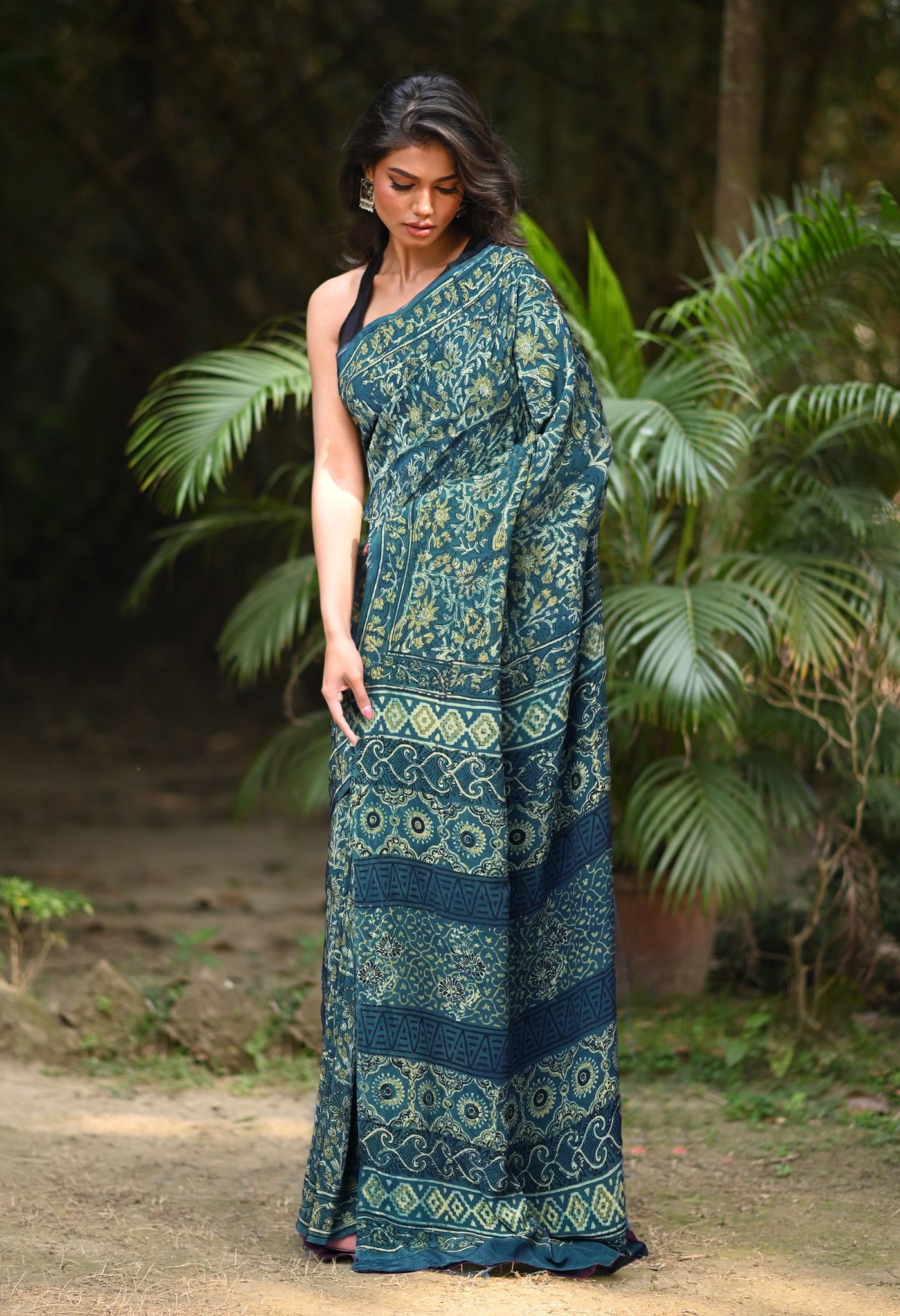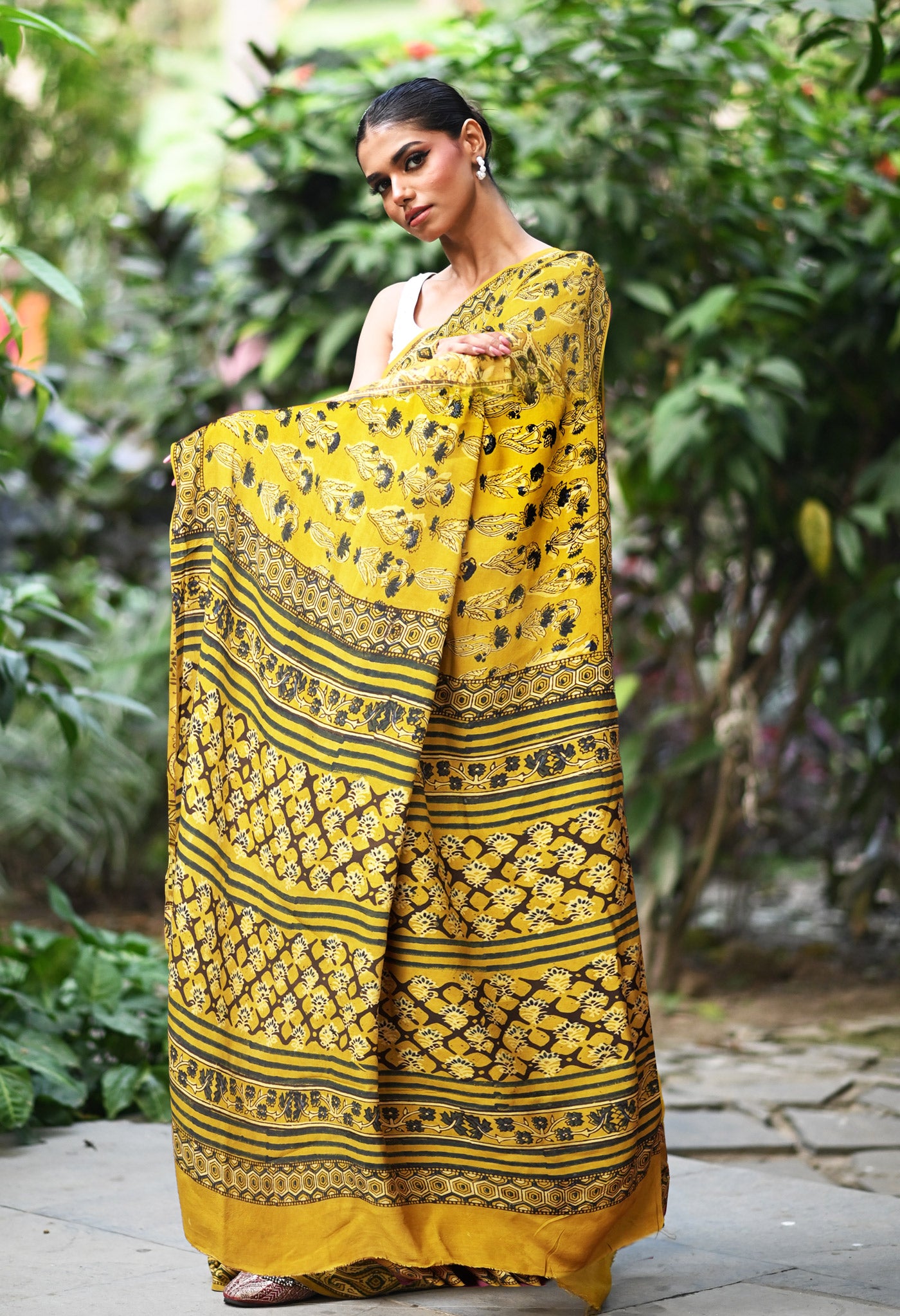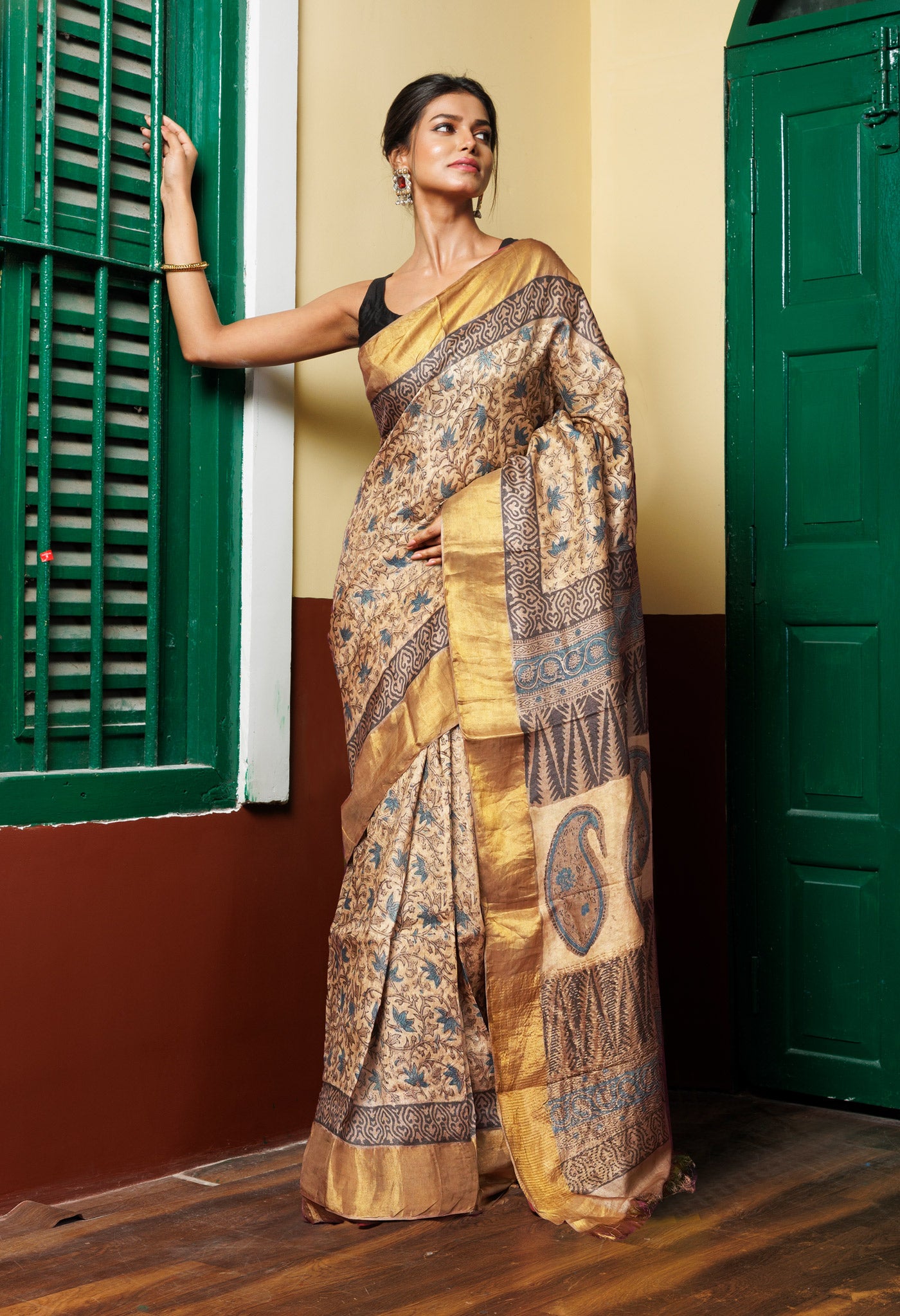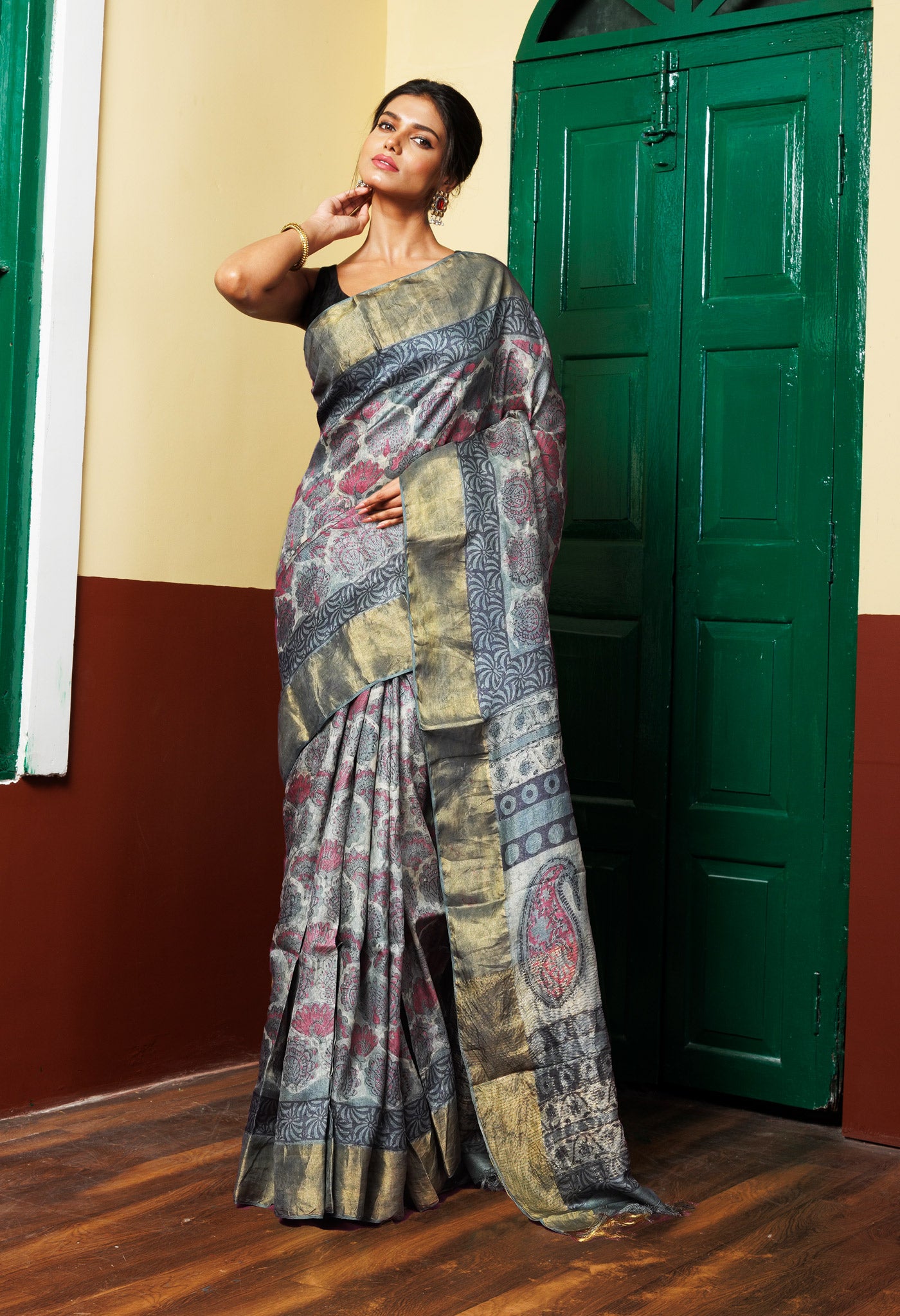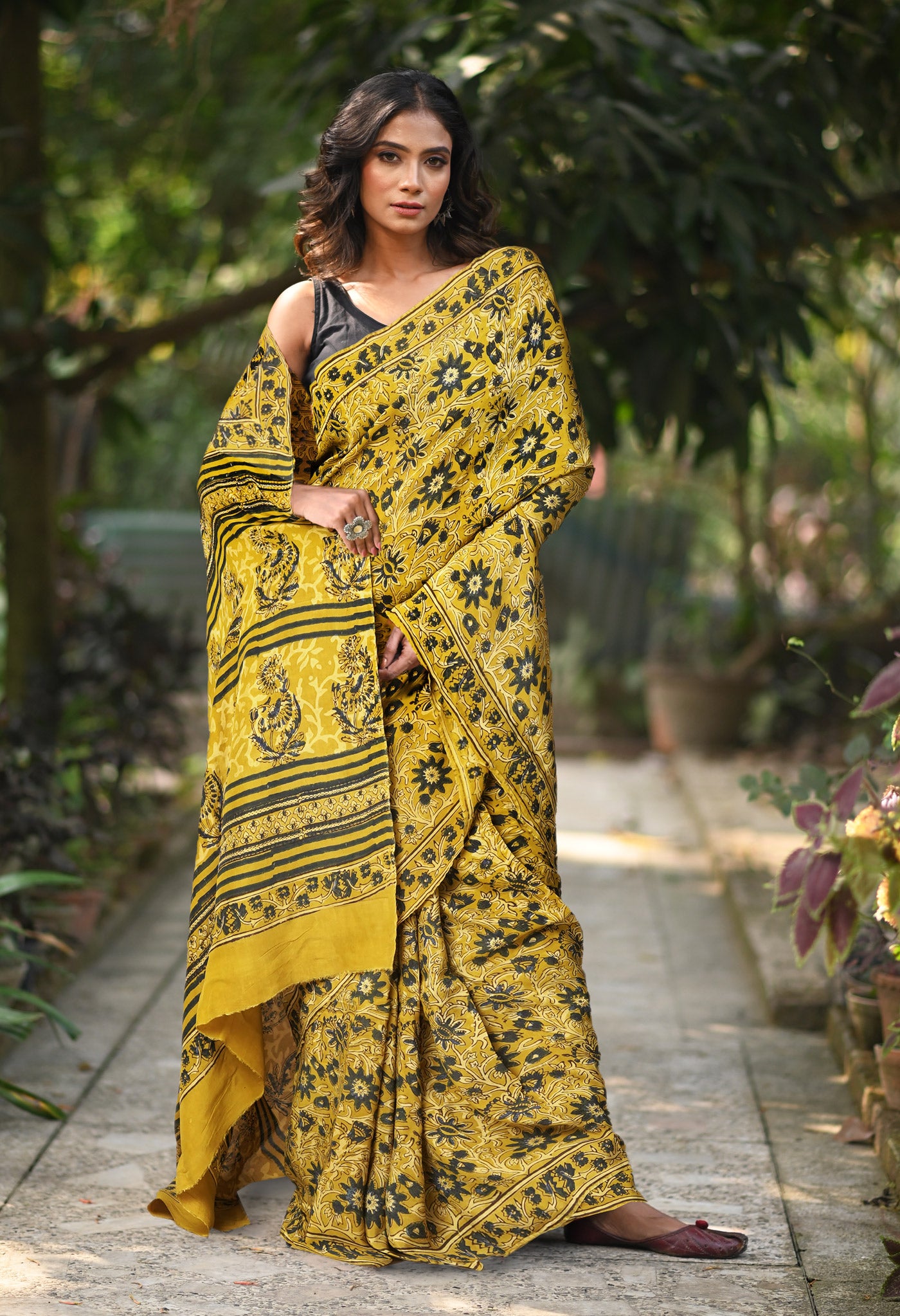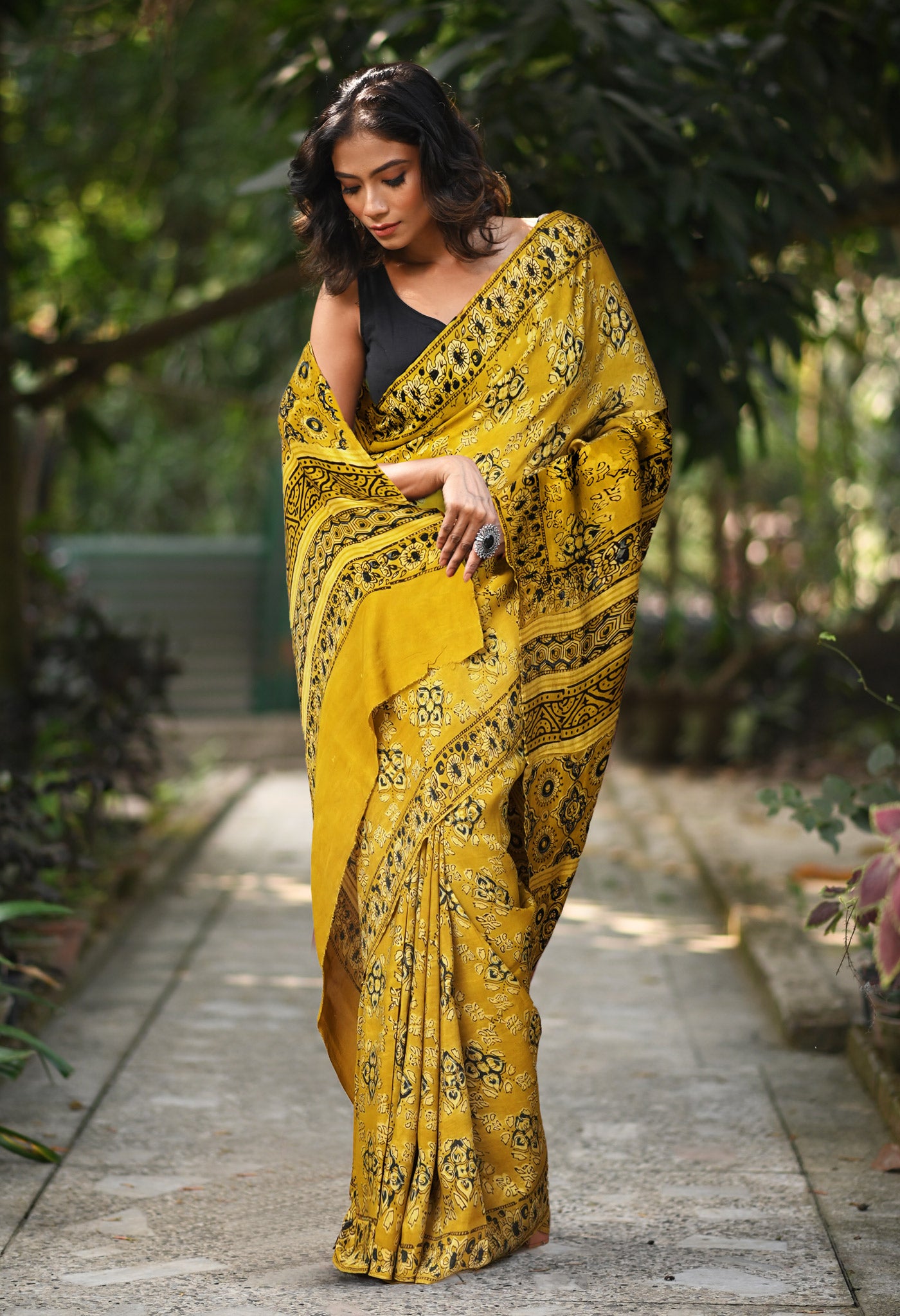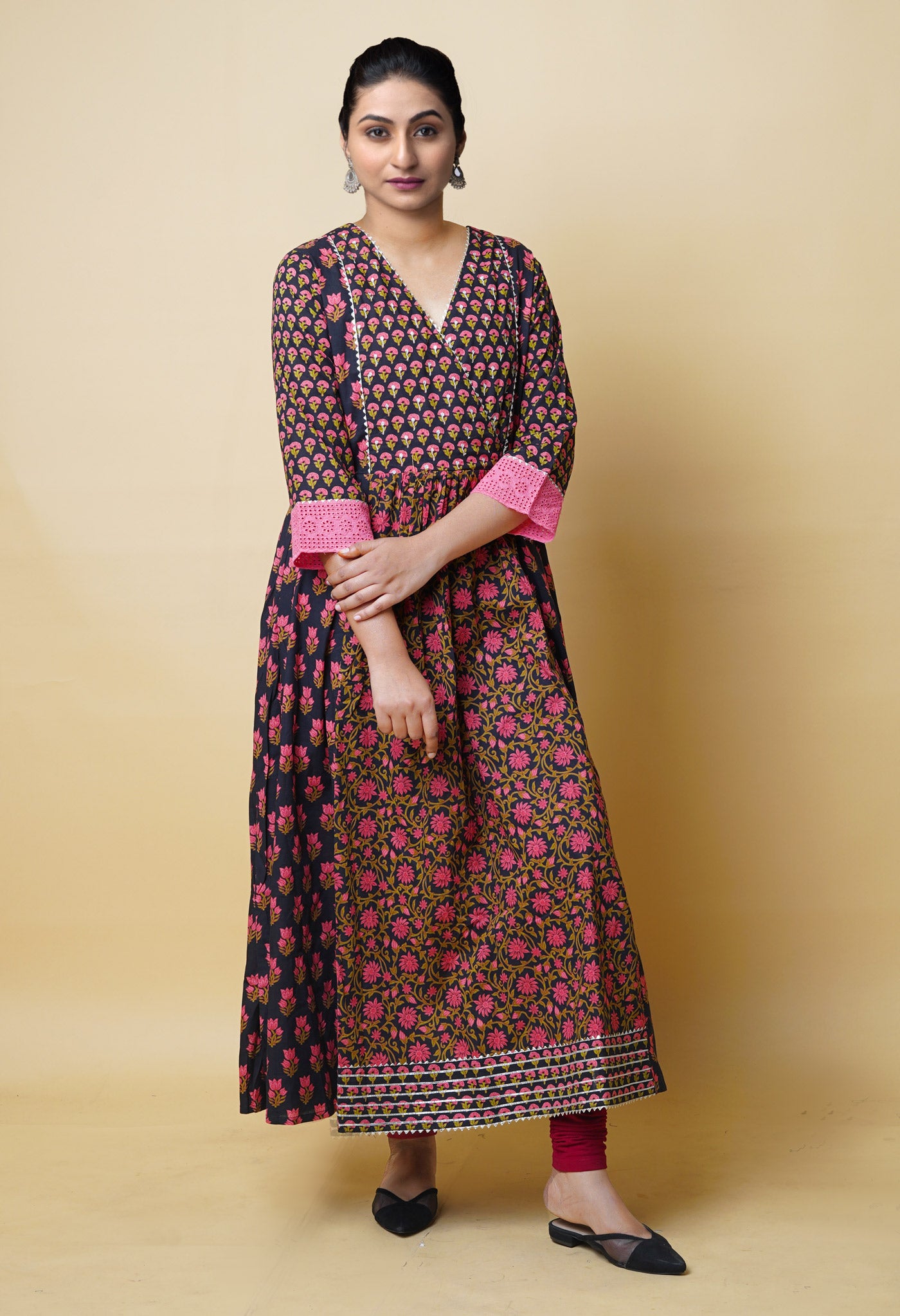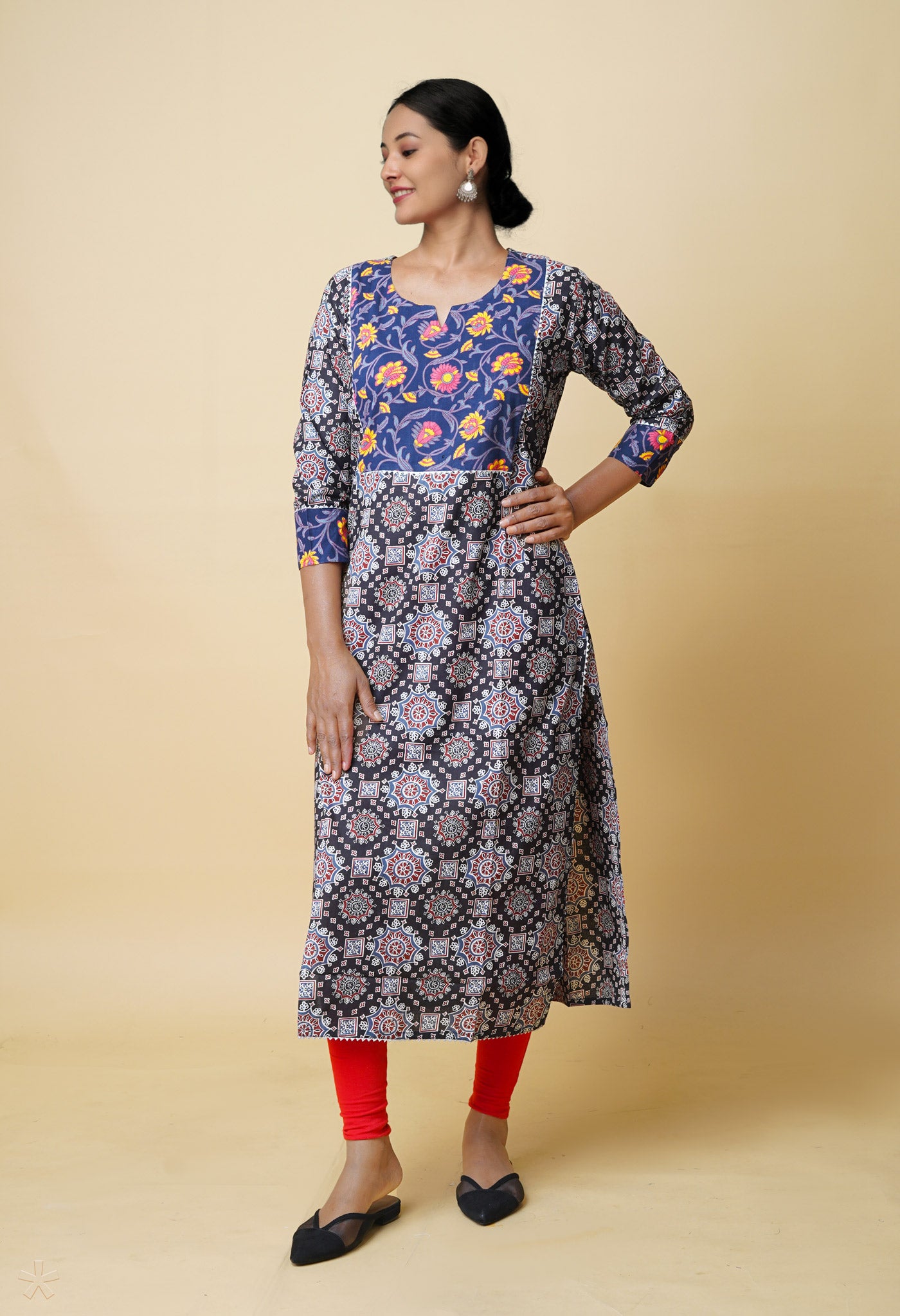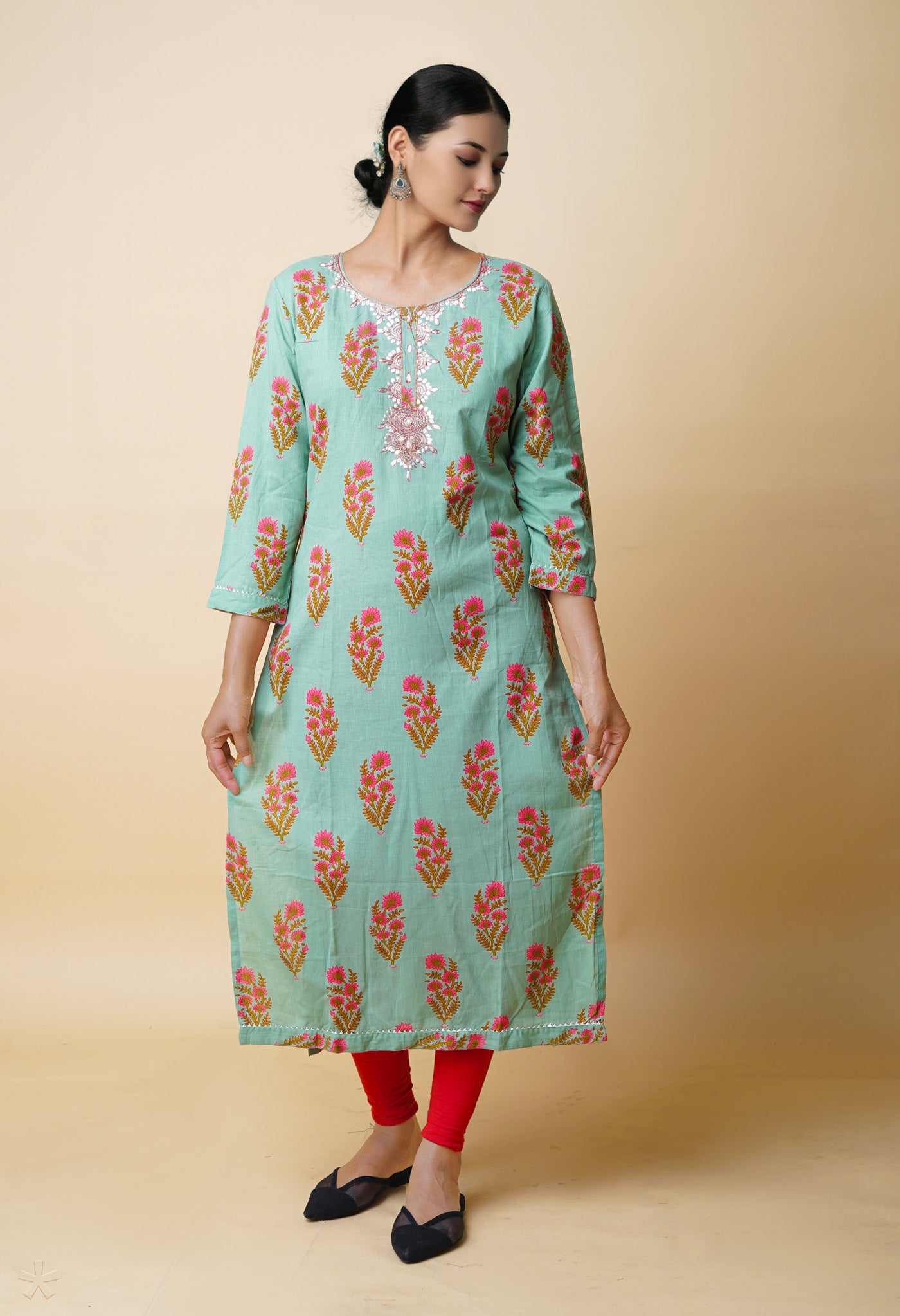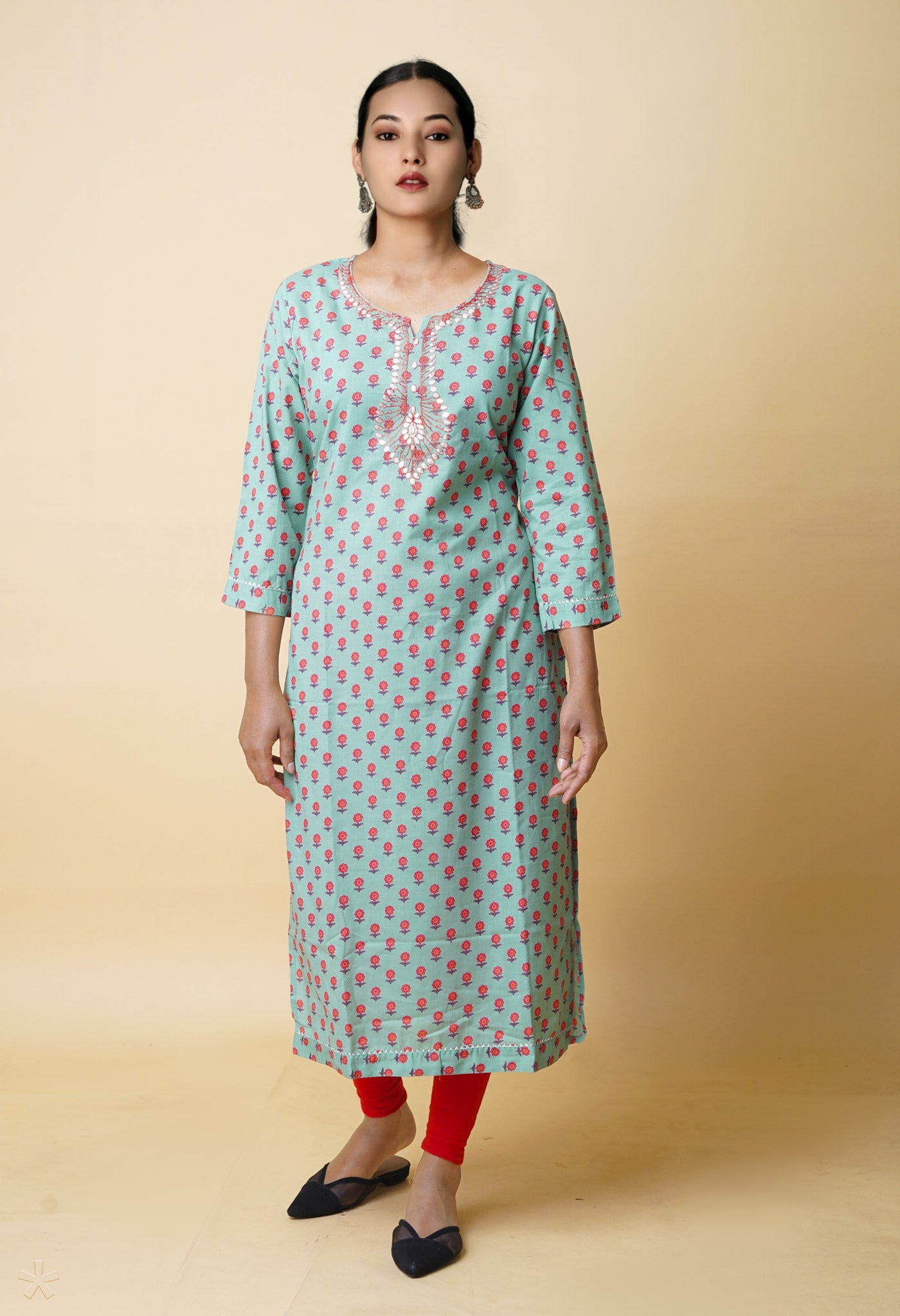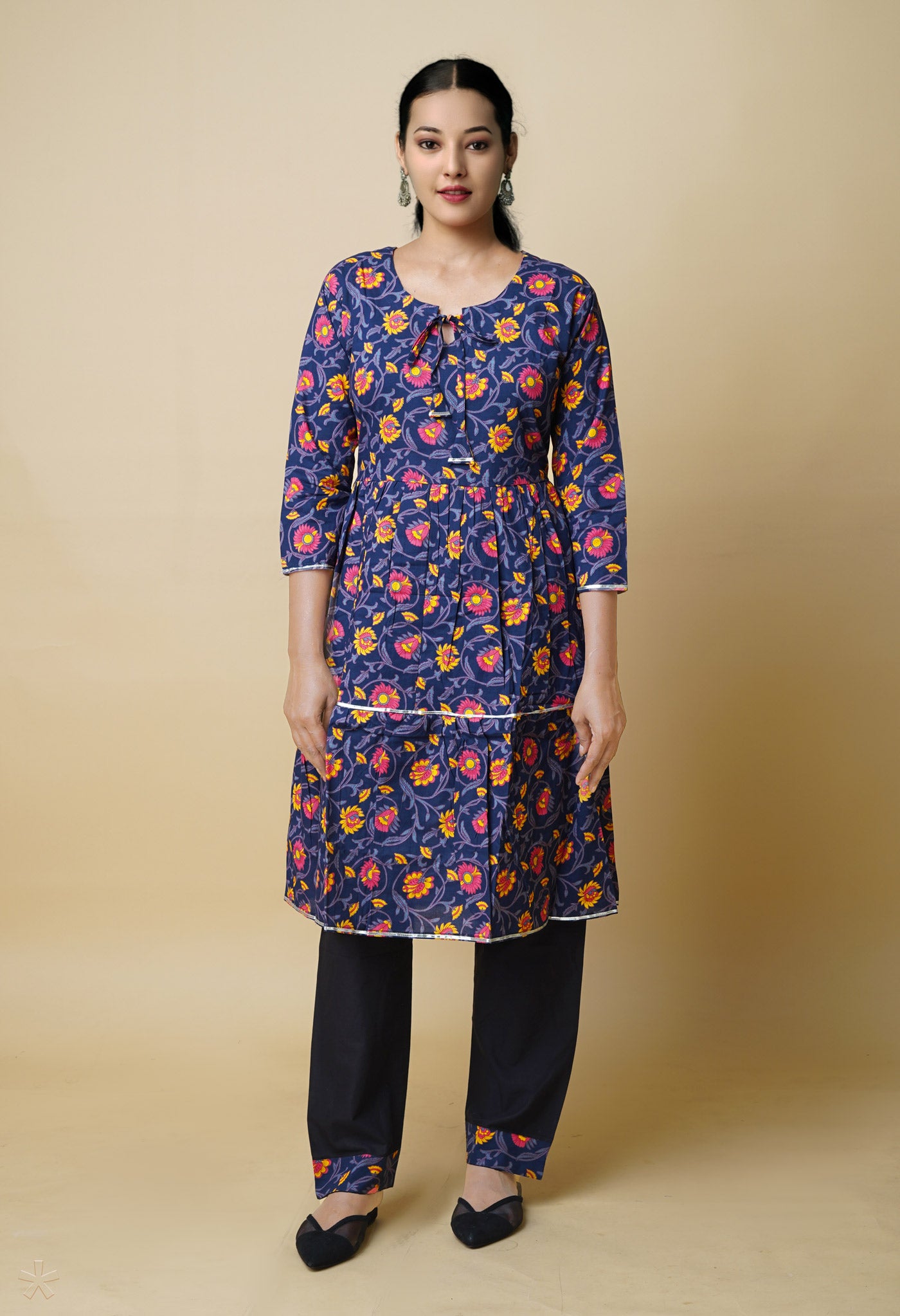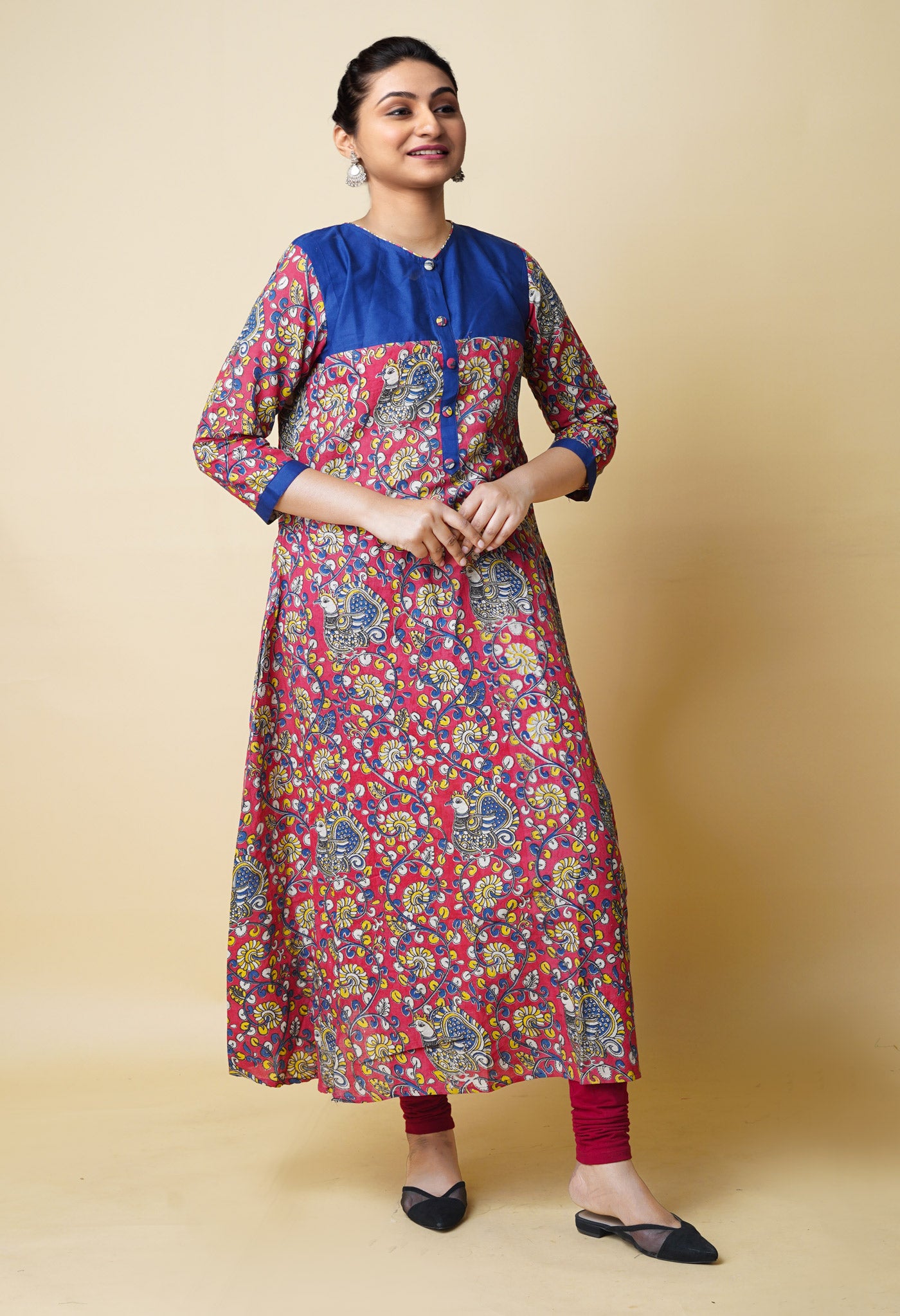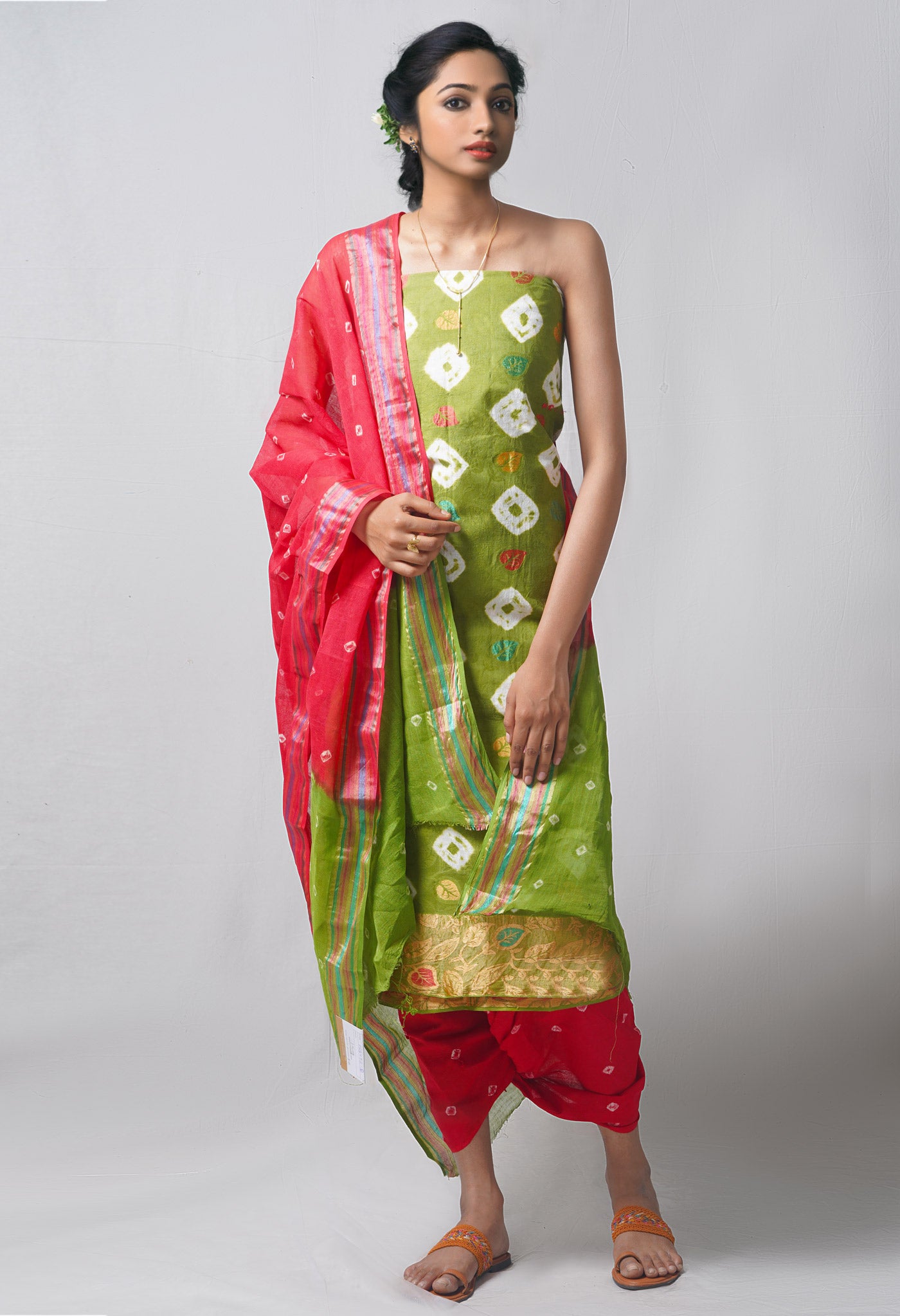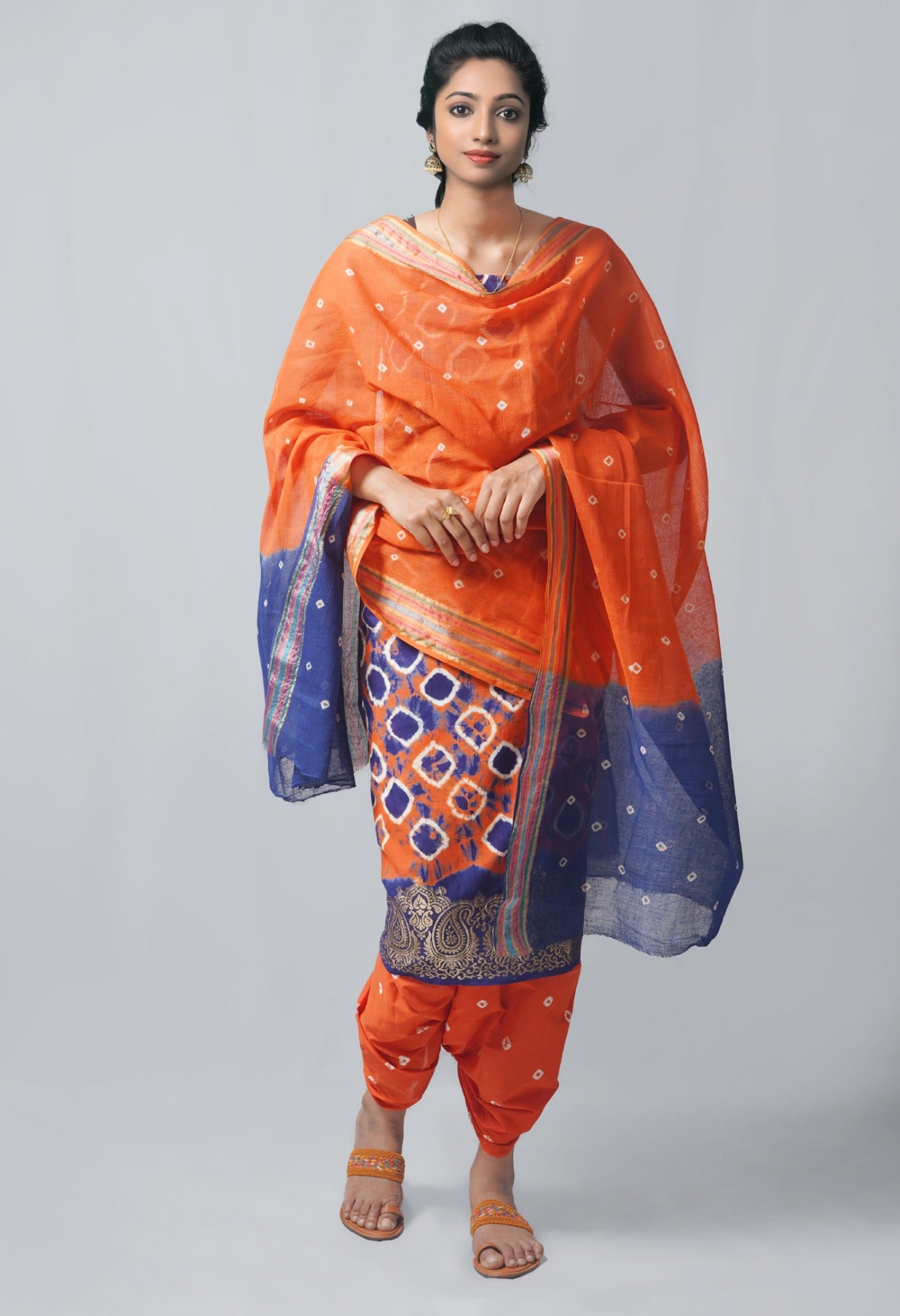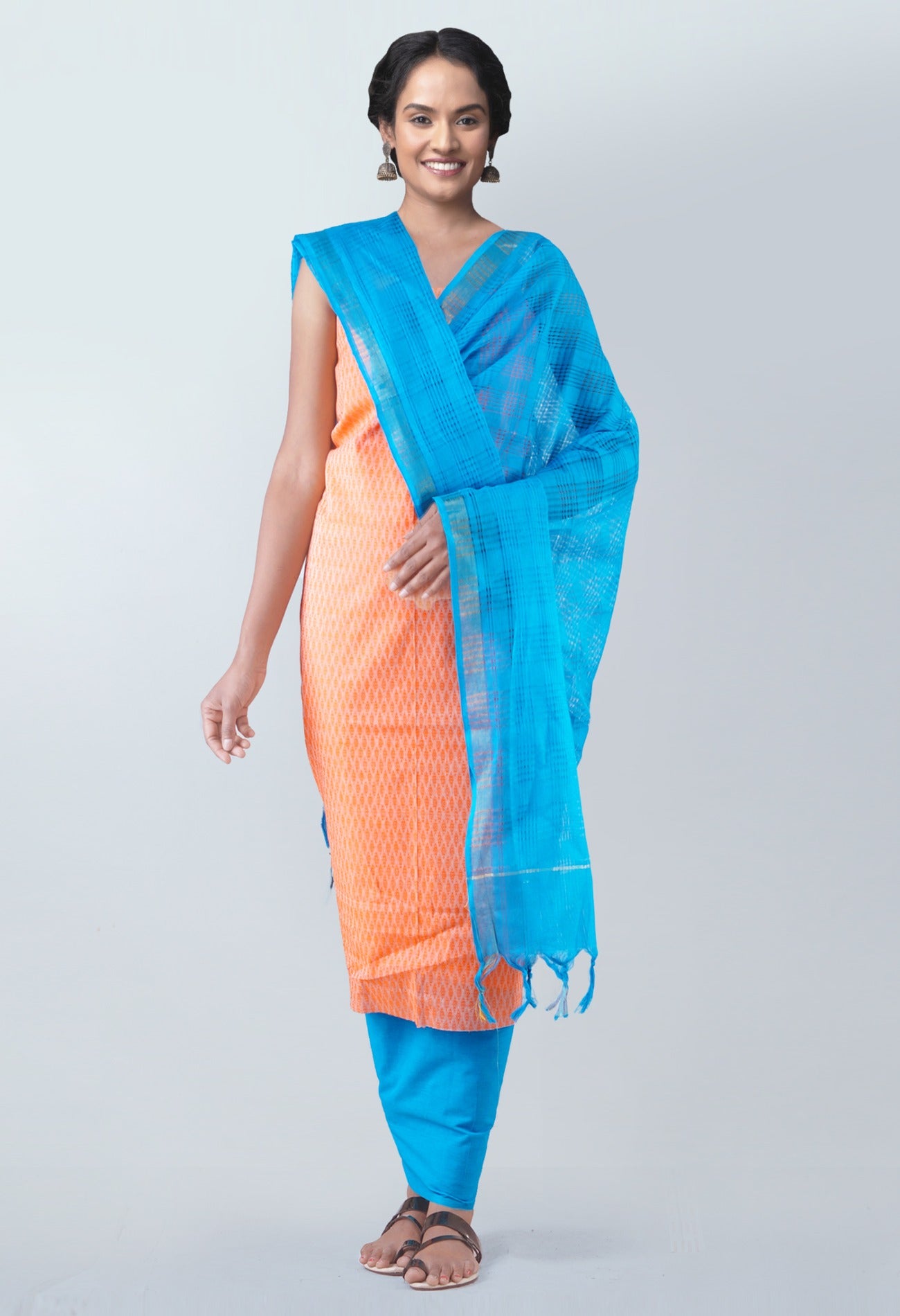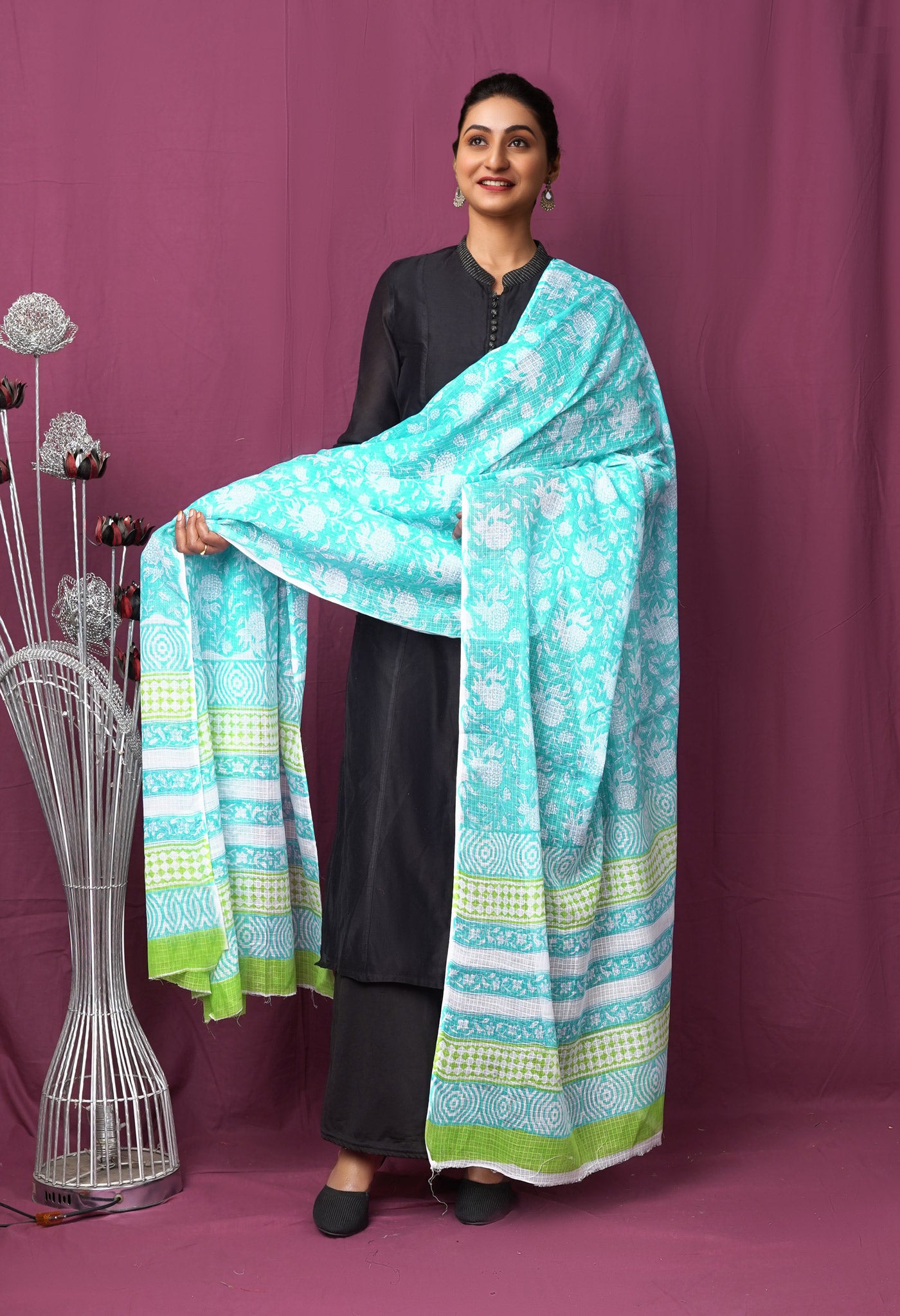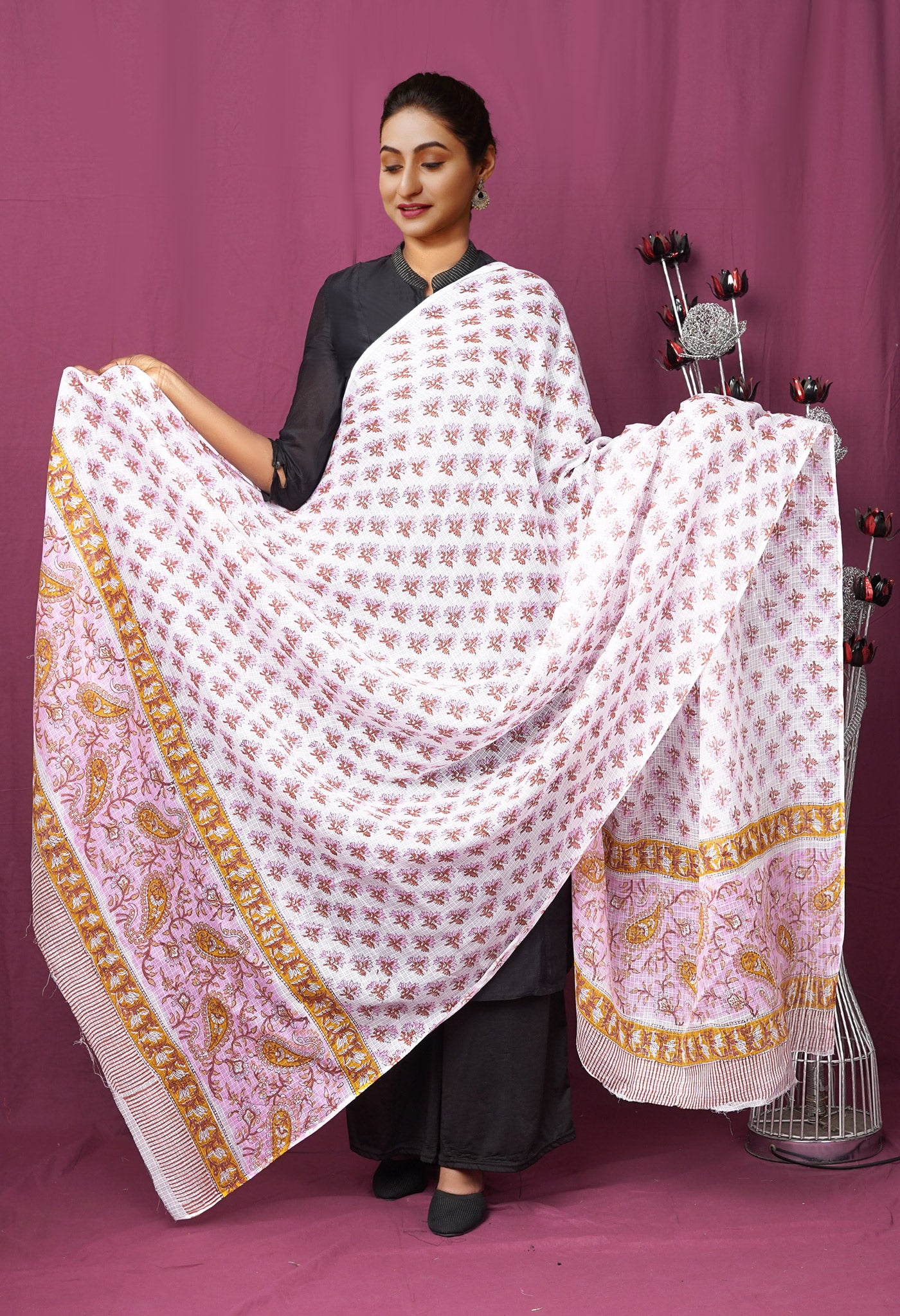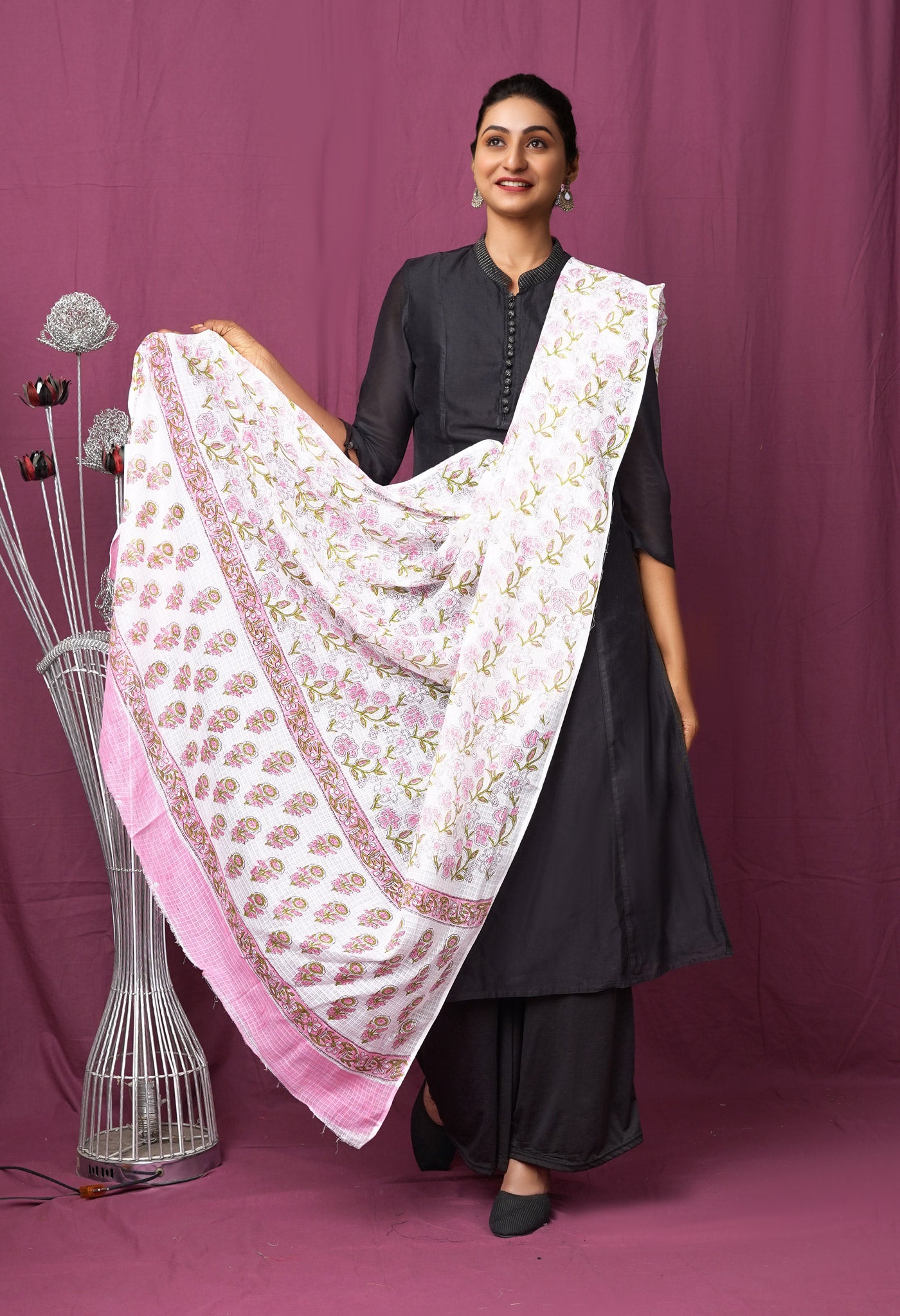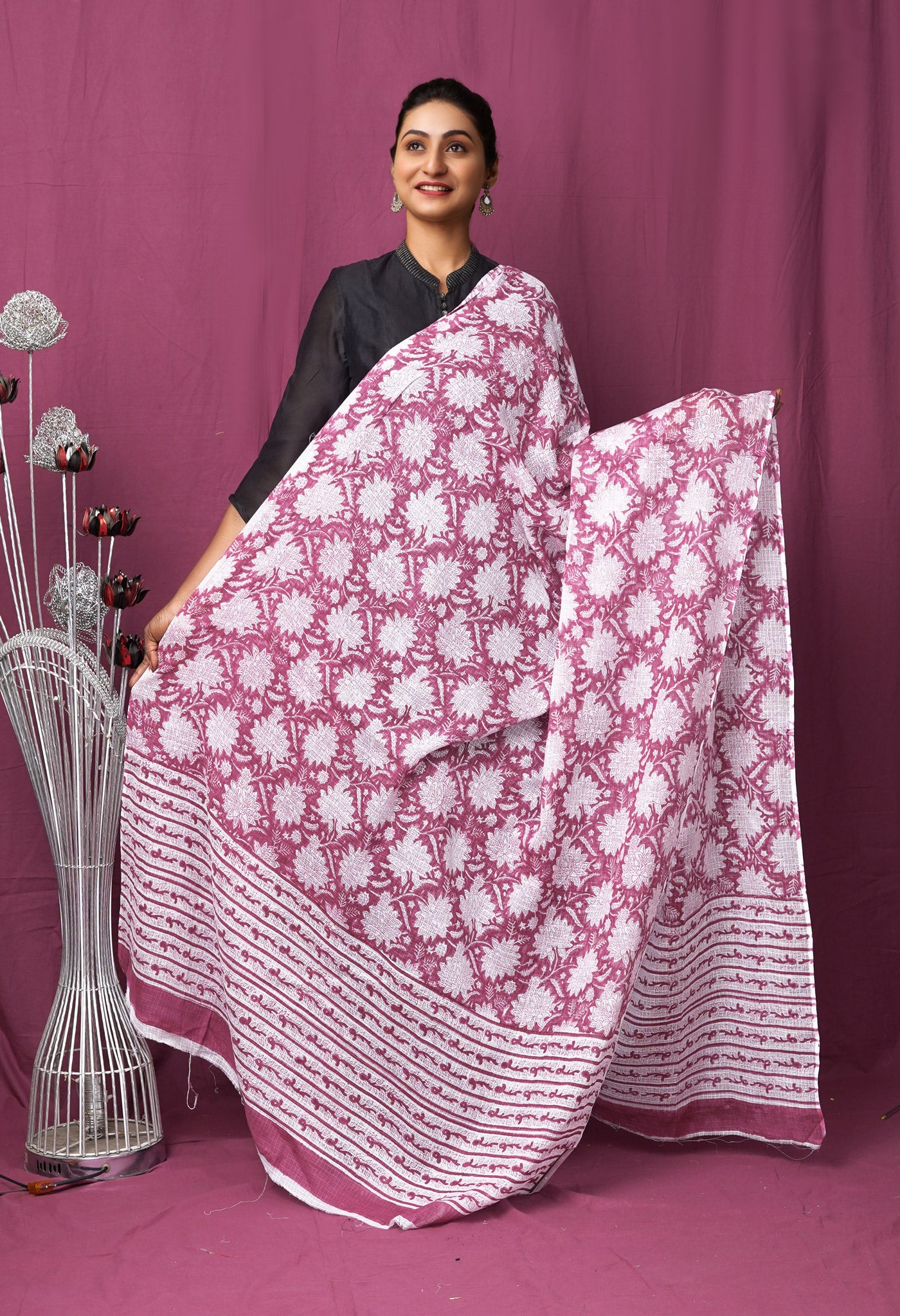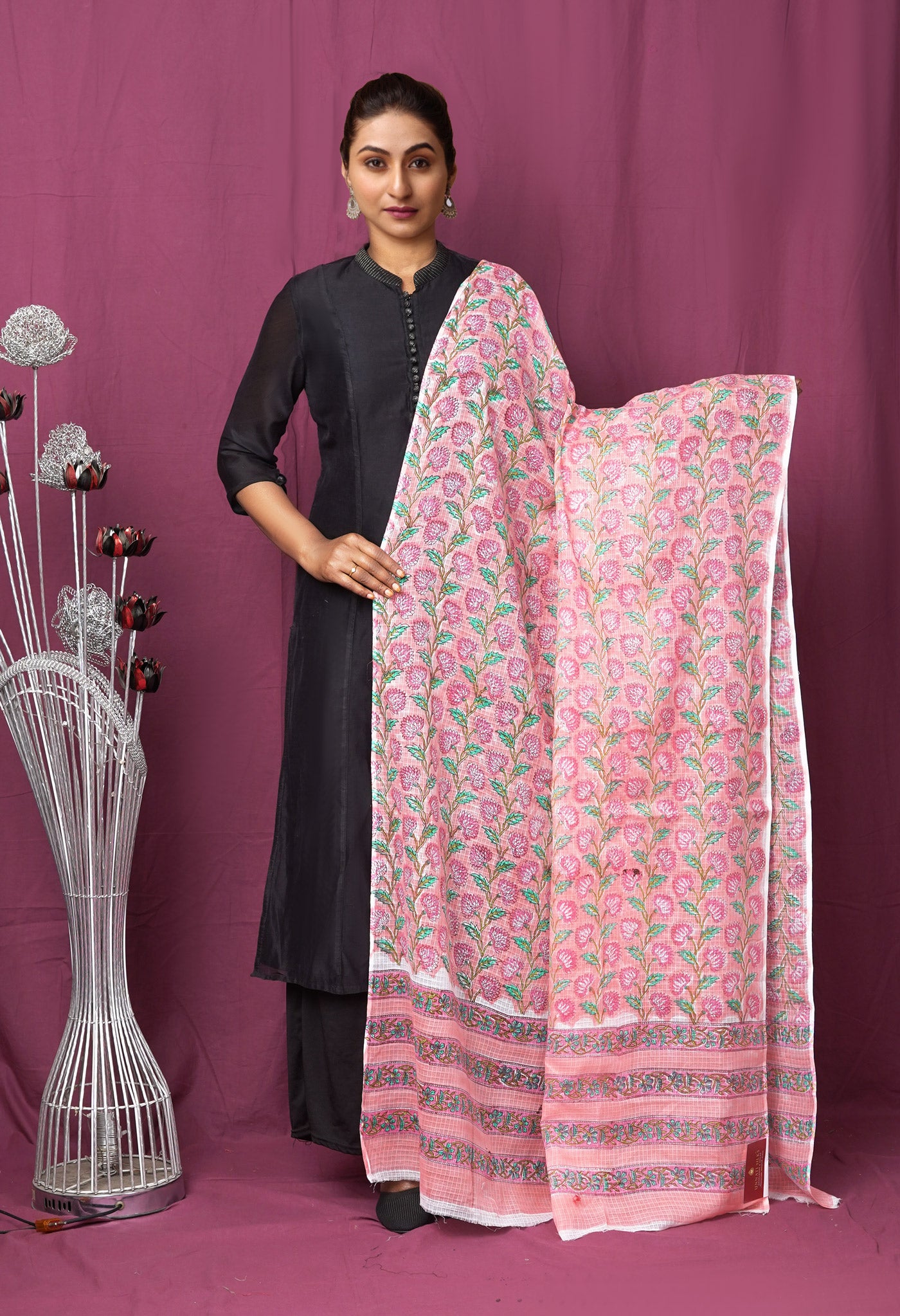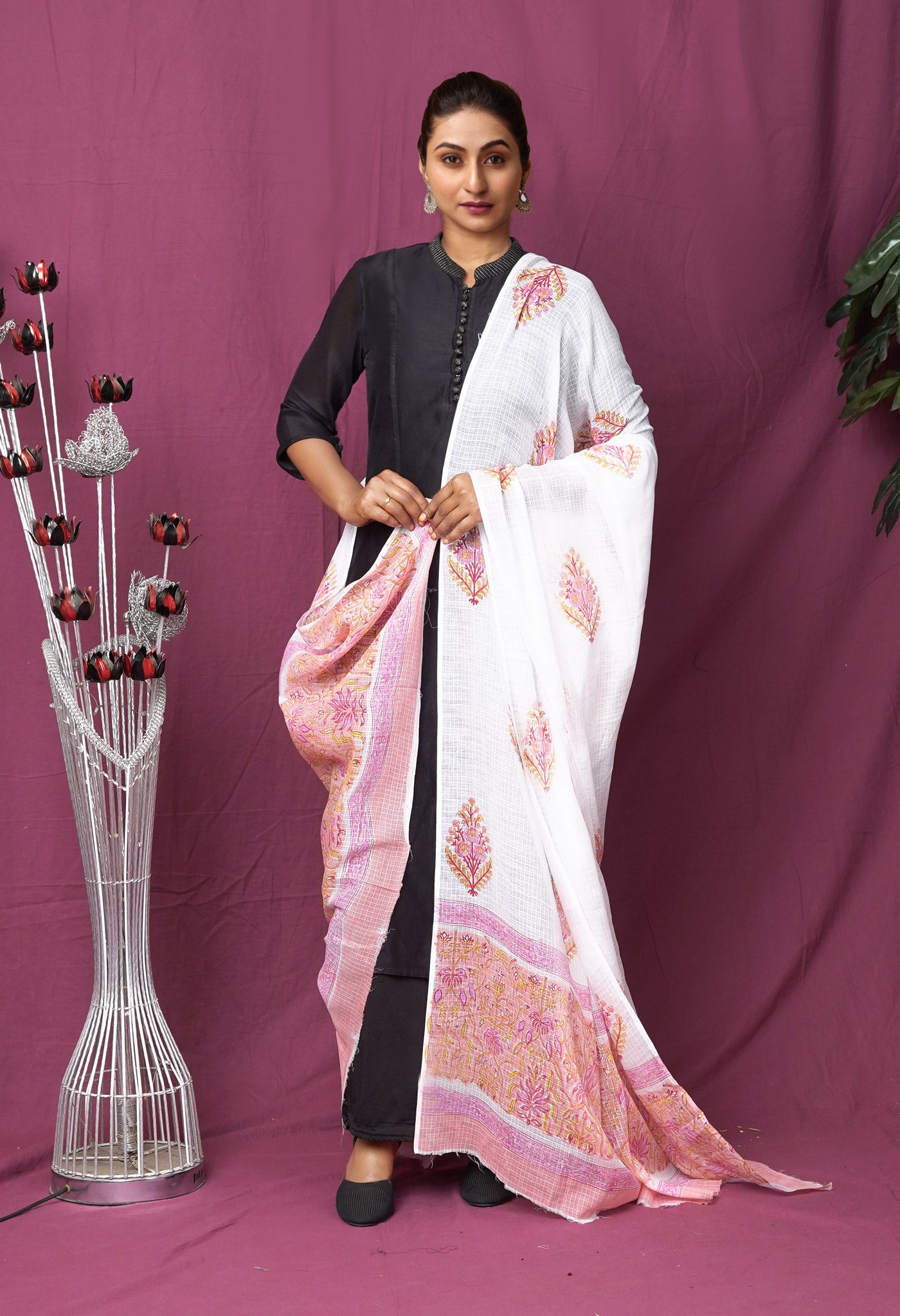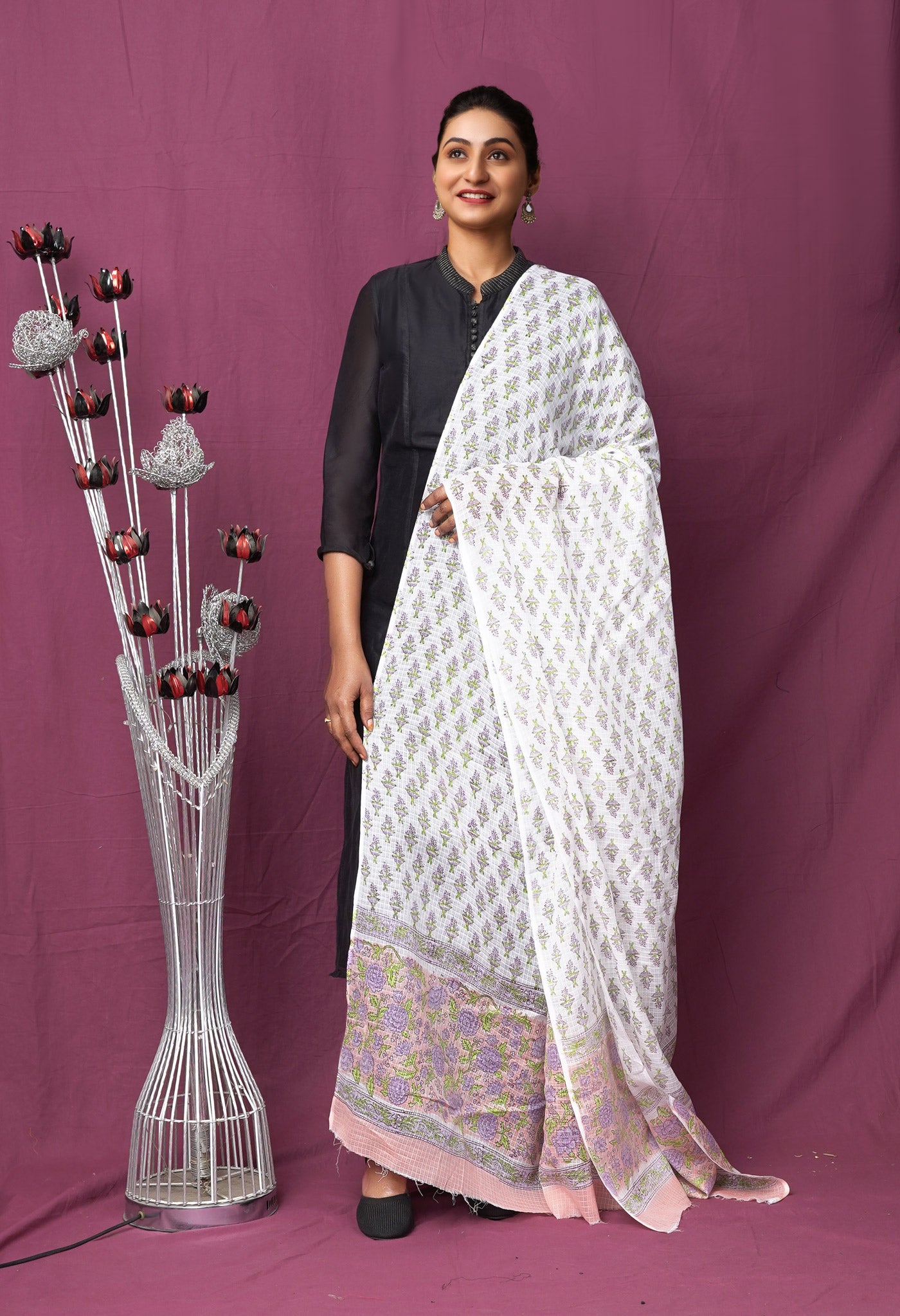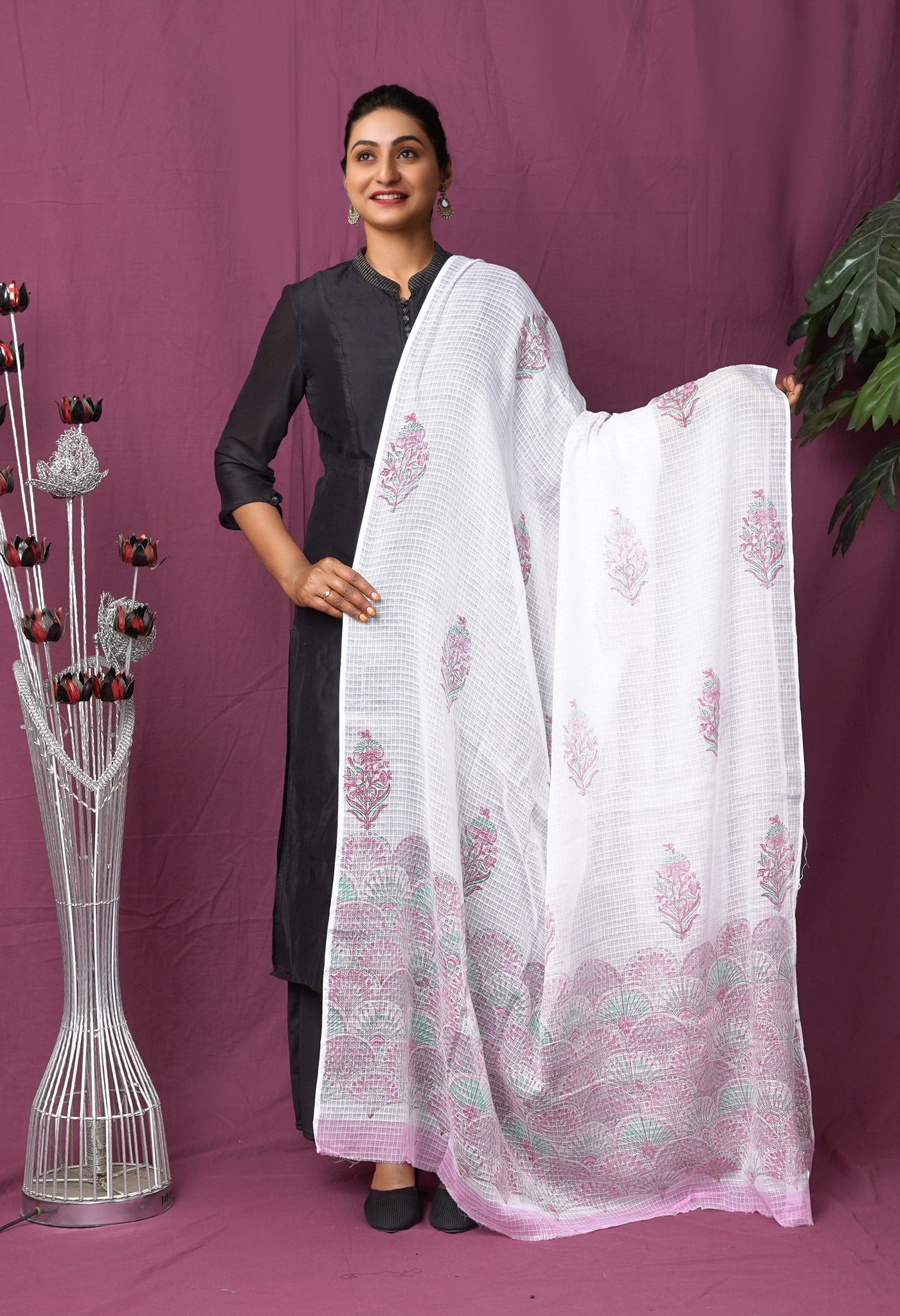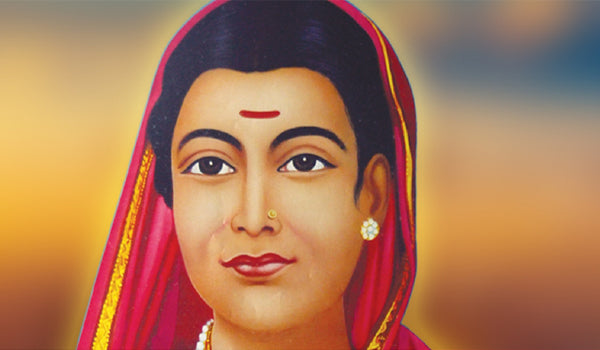
#MYINSPIRATION :Meet the Woman who started the EVER FIRST GIRL’s School in India – Srimati Savitribai Phule
‘A Name lives on much after it’s owner’s demise.’
How true! Savitribai Jyotirao Phule died in 1897. She is remembered with respect even today.
Pune City Corporation created a memorial for her in 1983. In 2015, the University of Pune was renamed as Savitribai Phule Pune University in her honour.
For those who know about her, they would definitely agree that the honor was well-deserved. And for those who do not, let us begin at the beginning.

The early life
Savitribai Phule was born on 3rd January 1831 to mother Lakshmi and father Khandoji Neveshe Patil, a farming couple of Naigaon, about 50 Km. from Pune in the then Bombay Presidency. The eldest daughter to them, she was married off at a very tender age of nine to twelve year old Jyotirao Phule as per the then existing tradition of child marriages.
Jyotirao Phule – the backbone for Savitribai
To understand Savitribai one would have to understand the major influence in her life, her husband Jyotirao Phule.
Jyotirao Phule is remembered as the champion of women's education in India. He dedicated his entire life for the upliftment of down-trodden, eradication of untouchability and strived for the equal rights for all. He extensively worked towards the causes of women and campaigned for widow re-marriage and opposed child marriages.

Jyotirao Phule was born on April 11, 1827 in present-day Maharashtra. His mother Chimnabai died when he was just nine months old. Born in a Mali caste of gardeners and vegetable farmers and since his family business was that of florists, he was withdrawn from school after primary education to work in the shop. He later resumed his studies and finished his school in 1847.
As per prevalent tradition, he was married off to Savitribai when he was 13. For one whose soul had awakened early, he was well into social reform in a small way already. So when he married a sensitive soul like Savitri who had a book given to her by a Christian missionary that was her prized possession, he saw promise in her enthusiasm and taught her how to read and write.
Jyotirao Phule’s participation in the marriage procession when he attended a Brahmin friend’s wedding was not liked by his friend’s parents and he was rebuked for this since he was from a lower caste. The incident had a strong impact on him and his life thereafter when he decided that he would work for emancipating the lower classes.

Savitribai and Jyotirao - the journey together
Supported by Jyotirao, Savitribai undertook teachers’ training at Ahmednagar and in Pune. She became a qualified teacher after she passed her 4th examination in 1847.
The couple founded the first girls' school in Pune at Bhide Wada in 1848. Savitribai Phule became not only the first woman teacher but Savitribai was also nominated as India’s first lady headmistress in 1st Jan 1848. Savitribai taught at this school along with the first Muslim woman teacher of India, Fatima Sheikh.
Together with her husband, she taught children from different castes and the couple opened a total of 18 schools.

Life is never easy for the result-oriented
The caste system has always been deeply rooted in India since traditional times and the upper castes have never liked those considered of a lower one to be at par with them in any walk of life.
Life of Savitribai Phule as a teacher in the school at the time when upper caste orthodox people used to look down wasn’t easy and many times they used to pelt stones and throw dung on her.
In 1853, Savitribai and Jyotirao established an education society that opened more schools for girls and women from all classes, in surrounding villages.
The young couple faced severe opposition from almost all sections. But Savitribai Phule faced everything courageously.

Social reform through education
In fact the situation made her even more determined and made her work harder to abolish the discrimination and unfair treatment of people based on caste and gender and has gone down in history as one despite her own travails fought for positive change and was considered an important figure of the social reform movement in Maharashtra.
After years of continuous reform, she paved the way to build a large shelter in 1864 for destitute women, widows and child brides cast aside by their families. She educated them all.
Satya Shodhak Samaj or the Truthseeker’s Society
In 1873, Jyotirao founded the Satya Shodhak Samaj with the aim of liberating bahujans and shudras (lower caste), protecting them from exploitation and atrocities and attaining them equal status in the society.
Deeply involved with his work, he dedicated his book Gulamgiri (slavery) to the African American movement to end slavery. In fact, coining of the Marathi word ‘Dalit’ – used to describe those people who were outside the traditional caste system is credited to him.

While Satya Shodhak Samaj was the brainchild of Jyotirao, it was Savitribai who was instrumental in shaping it. Meaning The Truthseeker’s Society, the Samaj primarily aimed at eliminating discrimination and the need for social order. In the same year, Savitribai also started the practice of Satyashodhak Marriage, where couples took an oath of education and equality.
Meanwhile in 1874, when the Infanticide Prohibition Home started by Savitribai Phule started working as a hospital, Savitribai set an example for others to follow. Since they had had no children of their own, she adopted a child from a Brahmin widow (Kashibai) and thereby gave a message to the progressive people of the society. This adopted child was named Yashwant Rao, who later became a doctor.
“Sit idle no more, go, get education.”
An inspiring slogan of Savitribai, she was a role model for her students. So taken up by Savitribai’s teachings was a young student that at an awards ceremony she asked for a library for the school instead of gifts for herself.

Savitribai inspired young girls to take up painting, writing, and other useful activities that would make them a force to reckon with in life. In fact the essay written by a young girl, Mukta Salve, at that time, became the face of Dalit literature and Dalit Feminism.
The Parent-teacher meeting was given its importance by conducting meetings at regular intervals just to make parents aware about the importance of education and to encourage their children to attend the schools regularly.
Her other achievements in life
Creative people, sensitive souls and those committed to a movement like Savitribai can never rest contented in a single task. Because they have a holistic vision of the matter in hand, the underlying malaise that has to be attacked and the solution that can help them achieve the goal are all well-defined in their mind before they commit themselves to the task.
But once committed there is no stopping them.

Both Jyotirao and Savitribai were devoted to the cause of uplift of the downtrodden castes in society. They opened a care centre called Balhatya Pratibandhak Griha for pregnant rape victims and helped deliver their children.
On 28 January 1853, the first-ever infanticide prohibition home of India was started by Savitribai Phule. The Brahminical Social Order of the times were very much oppressive towards women, irrespective of their caste and class. With plenty of rituals and traditions that supported male superiority in society, it was a hard time for any woman against whom many of the prevailing customs were hard upon.
It was a time when widows were shunned and remarriage was unthought of. With tradition allowing young girls to be married off at a very young age, and to males who could be quite old in comparison, widowhood was a spectacle generally witnessed in Pune and its nearby villages. Adolescents and young girls happened to more amongst the widows.

These widows were boycotted publicly and with the meagre financial support, they were clandestine subjects to sexual exploitation. They happened to be pregnant due to lack of contraceptives or other measures. So they had to be victimised for the reason for which they had not been responsible.
Women had to lose their life due to unhealthy ways of abortion. Many newborns were been killed after delivery by widows to avoid social ostracism. Many times they had to leave their home.
On 28 January 1853, Savitribai started a shelter for such women – Infanticide Prohibition Home – the first of its kind in India. In this Infanticide Prohibition Home, widows could give birth to their children and leave them there. Sixty-six women gave birth to their children in that shelter up to 1873.This was a great historical work that Savitribai did at that time – in the dark ages.

A lone life without Jyotirao
In 1890, Jyotirao passed away. Defying all social norms, she lit his funeral pyre. She carried on Jyotirao’s legacy and took over the reigns of Satyashodhak Samaj.
During the draught in 1897, Savitribai Phule forced British government, that was ignoring the well-being of people, to start relief work.
The bubonic plague spread across Maharashtra in 1897. Not one to be a mere spectator to the severe outbreak, Savitribai rushed to affected areas to help. It was then that she opened a clinic for plague victims in Hadapsar, Pune.

Savitribai and her adopted son, Yashwant, opened a clinic to treat those affected by the worldwide Third Pandemic of the bubonic plague when it appeared in the area around Nallasopara in 1897. Savitribai personally took patients to the clinic where her son served them. The clinic was established on the outskirts of Pune, in an area free of infection.
But then tragedy struck. While caring for the patients, she contracted the disease herself. She died from it on 10 March 1897 while serving a plague patient.
Savitribai’s Legacy
While Pune City Corporation created a memorial for her in 1983, it was in 2015, that the University of Pune was renamed as Savitribai Phule Pune University in her honour.
On 10 March 1998 a stamp was released by India Post in honour of Phule.

On 3 January 2017, the search engine Google marked the 186th anniversary of the birth of Savitribai Phule with a Google doodle.
Along with Ambedkar and Annabhau Sathe, Phule has become an icon in particular for the Dalit Mang caste.
Women in local branches of the Manavi Hakk Abhiyan (Human Rights Campaign, a Mang-Ambedkarite body) frequently organise processions on their Jayanti (birthday in Marathi and other Indian languages).
A Kannada Movie was made on Biopic of Phule in 2018.

Savitribai’s poetry
Savitribai Phule wrote many poems against discrimination and advised people to get educated. Two books of her poems were published posthumously, Kavya Phule (1954) and Bavan Kashi Subodh Ratnakar (1982).


